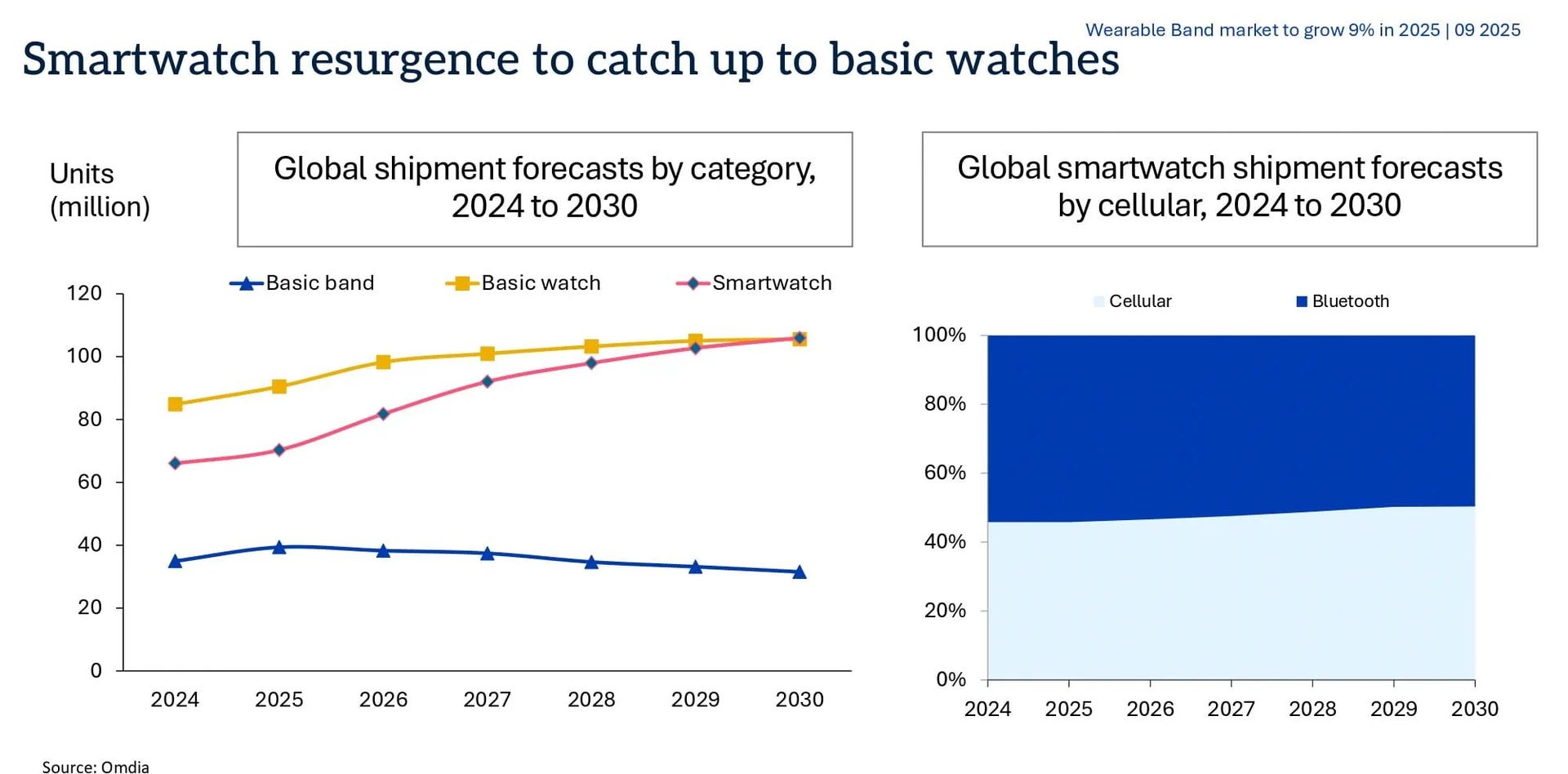A Q2 2025 global smart-band market analysis by Omida places Xiaomi in the top position, followed by Huawei. The report identifies a growing consumer focus on health and fitness as a key driver for market expansion, with five brands dominating sales.
Xiaomi led the market by shipping 9.5 million units, securing an 18.9% market share. The company recorded a 61% year-on-year growth. Huawei ranked second with 8.8 million units sold and a 17.4% market share, progressing at a pace of 47% year-on-year. This performance marks an increase from the 6 million units and 13.5% share it held in the same quarter of the previous year. The report notes that the introduction of the Huawei Band 10, which featured new colors and functionalities, contributed to the enhancement of the company’s overall sales figures, even as most of its other models remained unchanged.

The remaining top vendors also posted their Q2 2025 results. Apple secured third place with a shipment of 7.6 million smart bands, which corresponds to 15.2% of the market, but the company saw a 1% decline year-on-year. Samsung ranked fourth with 4.3 million unit sales and an 8.6% market share, demonstrating significant 52% annual growth. Noise completed the top five with 2 million shipments and a 4% share of the market. The report identifies these five companies—Xiaomi, Huawei, Apple, Samsung, and Noise—as the primary players in the sector.
While smartwatches represent the most significant product line in the broader wearable sector, interest in smart bands is reportedly booming. According to Jack Leathem, an analyst at Omida, “Smart bands’ growth is driven by a growing consumer focus on health, fitness, and sports.” He elaborated on the role of these devices, stating, “Smart bands have become a core interface for health, fitness, and wellness apps as consumers continue to prioritize personal health and fitness.” Leathem also noted the potential for market expansion, explaining, “This trend will continue to fuel growth, particularly as innovations enable expansions into medical and clinical markets.”





